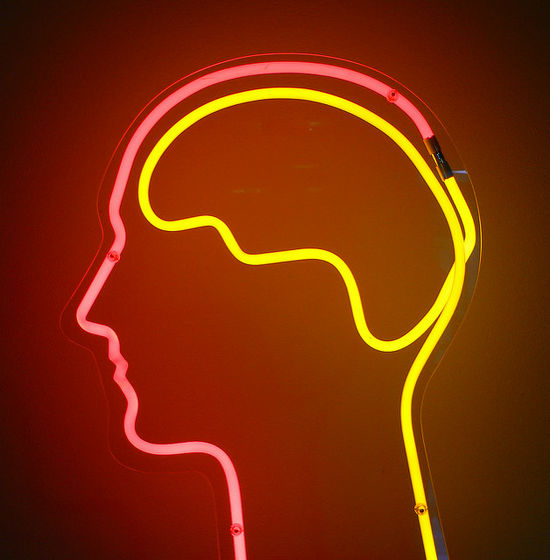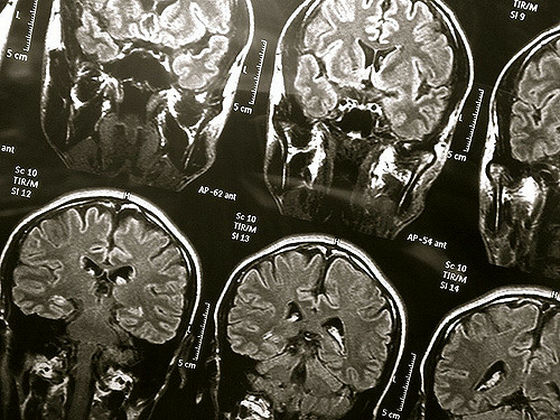ADHD turned out to be a brain disorder, and the patient's early childhood cerebral volume was smaller than that of healthy volunteers

ByVladimir Pustovit
It is one of developmental disordersAttention deficit hyperactivity disorderAlthough there have been many researches on ADHD, the largest "previous research study comparing MRI scans of ADHD patients and healthy volunteers" was conducted, and the relation between ADHD and the brain that was previously misunderstood was revealed It is getting.
Large imaging study confirms brain differences in ADHD | Science Bulletin
http://sciencebulletin.org/archives/10505.html

New research results on ADHD are academic journals related to psychiatryThe Lancet Psychiatry, And the view that delays in the development of some areas found in the brains of ADHD patients are to be regarded as brain injuries have been shown.
Symptoms of ADHD are known as "carelessness", "hyperactivity", "impulsive behavior", one in twenty people under the age of 18 (5.3%) is diagnosed as ADHD, It seems that the symptoms of ADHD will continue for 2 people in 3 people even after adulthood. In the research on ADHD so far, "the difference in cerebral volume is related to the disorder", the brain area considered to be related to ADHD is emotion ·Voluntary movement- Control functions such as recognition -Basal gangliaIn ADHD patients, it is a region called basal ganglia "Caudate nucleusYaCovered shellIt is known that it will be smaller than usual ".
However, the results of previous research seems to have been unable to clarify "correlation between difference in cerebral volume and disorder" with few samples.

ByDierk schaefer
In order to break down such a situation, in a new research investigation, 1713 people diagnosed as ADHD and 1529 healthy subjects were examined for brains, targeting men and women from 4 years old to 63 years old. Brain volumes of all subjects and "brain volume" of "Pally ball"Thalamus"" Caudate nucleus "" putamen ""Nucleus accumbens"Amygdala"Hippocampus"We searched the seven areas of the brain called MRI scan.
As a result of the survey, it was revealed that the ADHD patients had smaller areas than the usual volume of the whole brain, especially the caudate nucleus, putamen, nucleus accumbens, amygdala, and hippocampus. Dr. Martin Hogman, who works at the Medical Center at Rudbard University in the Netherlands who promoted the study, said, "The difference between the brains of the brains and healthy volunteers in patients with ADHD is very small, only a few percentage points , We needed to do a survey on an unprecedented scale to identify that the brains of patients with ADHD are smaller, "he says of the reasons for doing the largest survey in the past. In addition, it is said that in the early childhood, the brain volume decreases when compared with healthy subjects in particular, and it seems that there is not so much difference in cerebral volume between ADHD patients and healthy volunteers when adults. Also, Dr. Hogman says "The difference in brain size as seen between ADHD patients and healthy individuals can be seen in patients with other mental disorders, especially major depressive disorder."
Based on these facts, brain scientists suggest that ADHD is a brain disorder, and the characteristics of ADHD are "delay in the development of several brain regions". In addition, although it was clarified that the volume of the caudate nucleus and putamen is related to ADHD in the conventional study, it was found that three new nucleus accumbens, amygdala, and hippocampus are also related to ADHD. In addition, Dr. Hoagman speculates that the amygdala body may be related to ADHD in terms of emotional adjustment, nucleus accumbens as motivation and emotional problems, and hippocampus as motivation and emotion.

ByWyinoue
In addition to these results, 455 of the subjects with ADHD patients are taking medications for psychostimulants and 637 people have said they have experience of drug treatment so far. However, it was also obvious that the phenomenon that the cerebral volume of ADHD patients decreases is not caused by psychostimulants, as the difference in the volume of the five regions of the brain existed regardless of whether or not they had done drug treatment It is becoming.
"Our findings suggest that our research suggests that ADHD patients have brain structure changes and ADHD is a brain disorder.The results of this study suggest that ADHD is a disease targeted at children who are uncomfortable or poor I hope that it will be seen as one obstacle and I hope that this research will lead to a better understanding of ADHD. "
In this study, although the subjects' age ranged from 4 to 63 years old, it is not clear how the symptoms of ADHD change with age. Therefore, it is necessary for future ADHD research to intermittently investigate how the cerebral volume changes by tracking surveillance of patients with ADHD from childhood to adulthood.
Related Posts:
in Science, Posted by logu_ii







